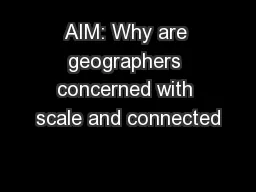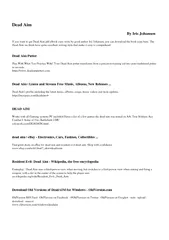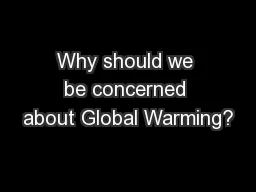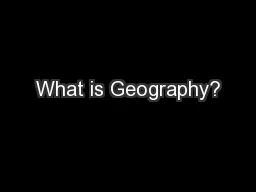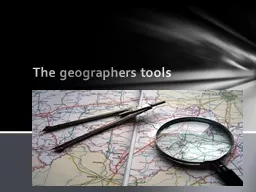PPT-AIM: Why are geographers concerned with scale and connected
Author : alexa-scheidler | Published Date : 2016-06-19
Do NowQuiz Back to scale Phenomena found at one scale are usually influenced by what is happening at other scales Bodegas Key Food Super Stop and Shop Costco
Presentation Embed Code
Download Presentation
Download Presentation The PPT/PDF document "AIM: Why are geographers concerned with ..." is the property of its rightful owner. Permission is granted to download and print the materials on this website for personal, non-commercial use only, and to display it on your personal computer provided you do not modify the materials and that you retain all copyright notices contained in the materials. By downloading content from our website, you accept the terms of this agreement.
AIM: Why are geographers concerned with scale and connected: Transcript
Download Rules Of Document
"AIM: Why are geographers concerned with scale and connected"The content belongs to its owner. You may download and print it for personal use, without modification, and keep all copyright notices. By downloading, you agree to these terms.
Related Documents

